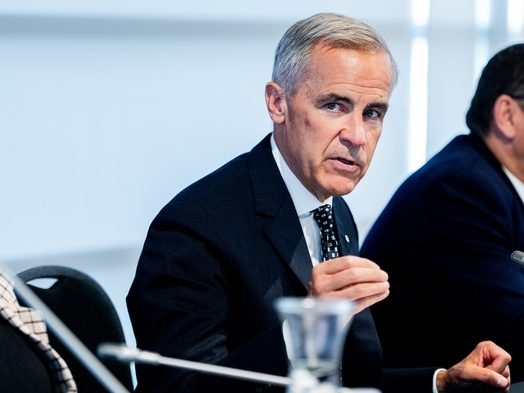The initial budget delivered by the current administration echoes the spending patterns it previously criticized. A central argument often leveled against the previous government was excessive program spending – a practice now seemingly mirrored in this new fiscal plan.
The 2025-26 budget outlines a 7.2% increase in program spending compared to the previous year. Despite pledges of significant reductions, government figures project annual spending increases ranging from 0.6% to 3% in the coming years. History suggests these long-term targets are rarely met, hinting at potentially higher expenditures.
Promises of departmental spending cuts – 7.5% this year and 15% cumulatively over three years – appear to be overshadowed by the overall 7.2% increase in total spending. The budget continues to promote these 15% savings, even as spending rises.

Departments like Environment and Climate Change Canada propose achieving savings by streamlining programs and focusing on core mandates. This involves reducing or eliminating activities deemed non-essential or better handled by other departments – a practice considered fundamental to sound management.
The Canada Revenue Agency similarly plans to modernize and discontinue business units no longer aligned with government priorities, including the Digital Services Tax, the Federal Fuel Charge, and the Canada Carbon Rebate. Essentially, projected savings rely heavily on the cancellation of existing programs.
Skepticism surrounds the administration’s claims of future savings, given the current year’s spending increase closely resembles the levels previously deemed unsustainable. A pattern of over-promising and under-delivering is becoming increasingly apparent.
Independent analysis reinforces this assessment. Commentary from various sources points to a budget that fails to deliver on its ambitious rhetoric. The gap between expectation and reality is widening, raising concerns about the administration’s credibility.
In the realm of politics, consistently exceeding expectations is a path to success. Even simply meeting stated goals can garner voter approval. However, this administration appears to struggle with managing expectations, repeatedly hyping initiatives that fall short of realization.
Past instances, such as ongoing claims of an imminent deal with a former US president, demonstrate a similar pattern of unfulfilled promises. This trend now extends to the budget and efforts to control spending.
Canadians entrusted this administration with addressing economic challenges and securing favorable trade agreements. Failure to deliver on these core promises could ultimately lead to a reassessment of leadership.





